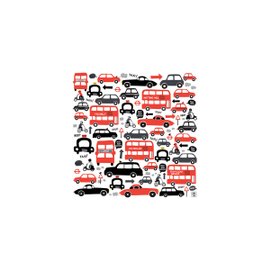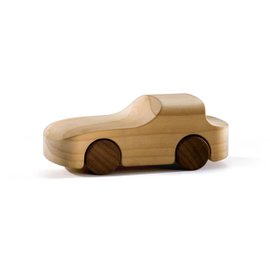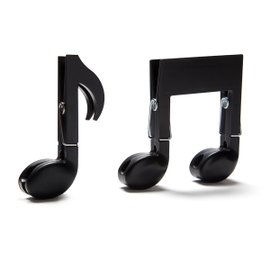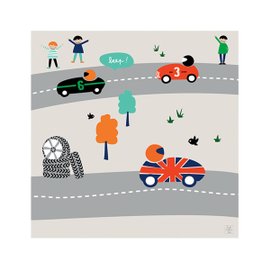Previous
Google realises you’re wasted. And it rewrites your messages for you


Your dream house is one step away from you.
Subscribe to our newsletter and get 10% off orders of at least 100€!
Enjoy it and don’t miss out on our offers and updates.


A group of adults once asked me what car I wanted to drive when I grew up and got my licence. I replied that by the time I was eighteen, there were bound to be cars that could fly a few centimetres above the ground.

Today I drive the car of my dreams: it’s a model that went out of production more than ten years ago, probably because I and a few others were the only ones who liked it. My true love was the moped I toiled in a factory to pay for through a long-ago summer in the nineties. I spent my entire adolescence on that moped.
Imagine my amazement when, during the recent edition of Netcomm Forum in Milan, I heard Davide Zanolini claim that Today’s teenagers don’t want mopeds, they prefer the bus. Ah, at last, a generation that’s truly green, how encouraging. …because they can’t get online on a moped, but they can on public transport. Seriously?
You mean mobility, a sector that’s been hampered by insurmountable economic interests for far too long, is about to be changed by the internet?






Piaggio is convinced of it. It’s a strong opinion for a brand that still proudly identifies itself as a mechanics firm. Certainly a much-needed wake-up call for a company trying to sell Vespas to an audience that prefers the tram.
Business needs to adapt to change in order to remain relevant, explains Zanolini, whose mission is to guide the group’s firms through digital transformation. On the one hand the company has to come closer to the communities that for years have been springing up spontaneously around its Love Brands; on the other hand a revolution needs to happen in a production process that’s intensely engineering-based.
The Wi-Bike is Piaggio’s first response to this challenge. It’s a social bicycle that combines design and built-in digital functions to respond to the market’s most current issues: sustainability, fitness, measuring and sharing performance, personalisation.

Drivers will be assisted by Google and operating systems (first and foremost the Chinese YunOS), and cars will not only be able to recognise cyclists, but also interpret their actions, thinking like human beings.
Our smartphones, laptops and smartwatches will dialogue with our vehicles through controls on the steering wheel and dashboard. They’ll enable us to change our playlist, find our parked car wherever it is, and interact with our home robotics and social networks. Like the new Citroen C3, with its camera for taking selfies on the go.




In general, the new vehicles will be capable of talking to each other and with their surroundings and not just with their drivers; and they’ll collect huge amounts of information, which firms will have to manage and make profitable.
In the automotive sector, it takes between three and four years to bring a product to market. Today, the world can change completely in four years. So there’s a risk of inventing something that will be utterly obsolete in four years’ time. And that’s why firms that invest in new methods of mobility do so by looking at least ten years into the future, with increasingly bold ideas. An example? Gita and its little brother Kilo are two spherical, intelligent self-driving vehicles, designed to aid humans and for other yet-to-be-determined applications in logistics and retail. Gita and Kilo come from the Piaggio Fast Forward laboratory for innovation, based in Boston.

For the moment, driverless technology is still a long way off, like the flying cars I dreamed of as a little girl.





Donkey
Kids
Gifts
ilKiosco
Susanna Castelli
Home Accessories
Kreafunk
Home Decor Under 100€
Lilipinso
Arthewall
Laetitia Ho
TobeUs
Matteo Ragni
Dining
Ototo
Dikla Libresco
GPO
Shared Moments Express Delivery
Engraved House

 Back to
Back to
Size*
Quantity*




